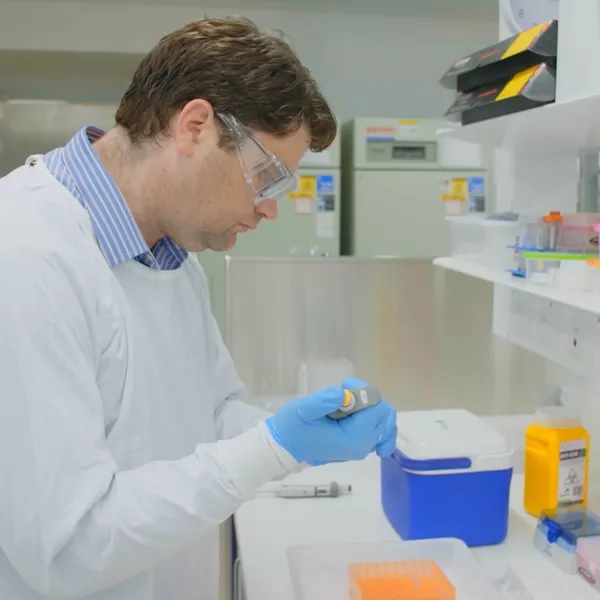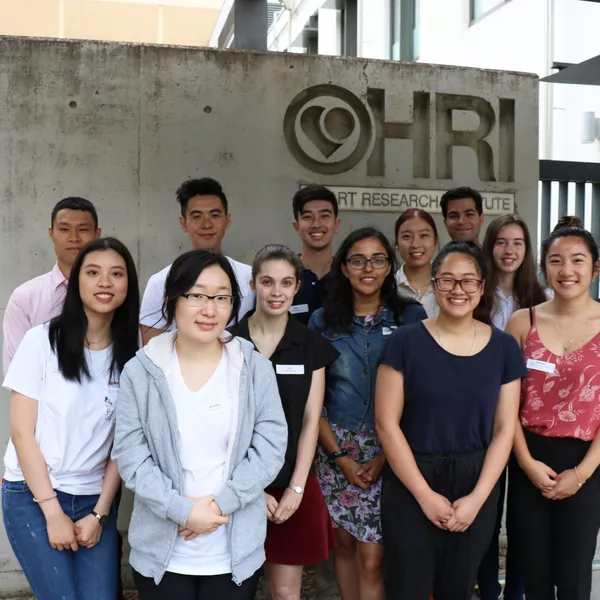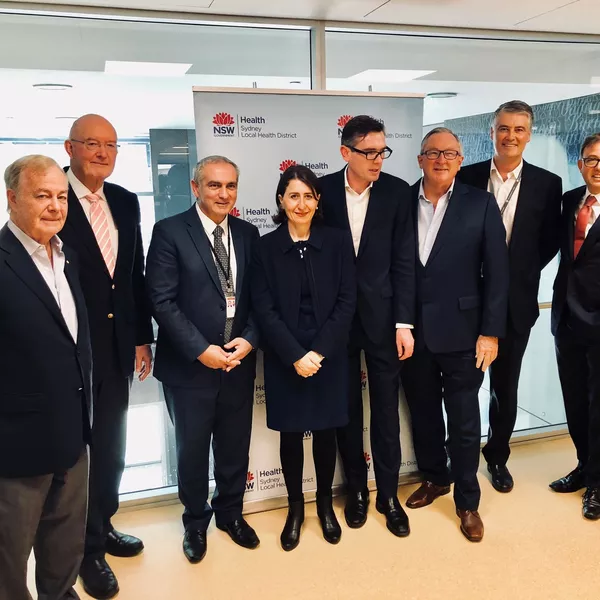Cardiovascular disease (CVD) is a complex, multifactorial disease and remains the leading cause of death in Australia, and worldwide. It is often present with other confounding conditions such as obesity or obstructive sleep apnoea (OSA), both of which are independent risk factors for CVD.
The global burden of OSA is recently estimated as approximately 1 billion people and is comorbid in 30–80% of cardiovascular (particularly hypertension) conditions and in approximately 70% of diabetics. The associated Australian healthcare and economic costs due to comorbid disease and lost productivity are over $5 billion per year and are largely attributed to undiagnosed OSA. While once regarded as a disease of the obese, it is now estimated that 20–30% of individuals with OSA are not obese. Worryingly, normal weight OSA sufferers are four times more likely to develop hypertension and have a much higher risk of early atherosclerosis compared to obese OSA sufferers, even though normal weight patients have less severe OSA. Metabolic dysfunction can also be detected in otherwise healthy young men who were screened and found to have mild OSA. Diagnosed OSA sufferers in the normal weight range are also much less tolerant of conventional therapies, making them more difficult to treat. In conditions such as OSA, excess sympathetic activity may trigger development of cardiometabolic diseases, but research, and concrete evidence is lacking.
We aim to significantly advance this research area. Our unique models and techniques are designed to uncover a previously unexplored mechanism that suggests OSA induces autonomic plasticity, which is important in the pathogenesis of CVD. If our hypotheses are correct, the adverse sympathetic effects of intermittent hypoxia may begin with the first episode. As the duration of the insult increases, the autonomic plasticity may become “permanent,” providing an explanation for why current OSA therapies are ineffective at reversing cardio-metabolic derangements in some patients and why 80% of resistant hypertension cases (the most dangerous form) also have OSA.
Results have the potential to dramatically expand our knowledge into the effects of intermittent stimulation and the capacity for plasticity to occur in primitive, life-sustaining areas of the brain. This will identify new approaches to ultimately show causality between OSA and CVD, and how these may be managed.










